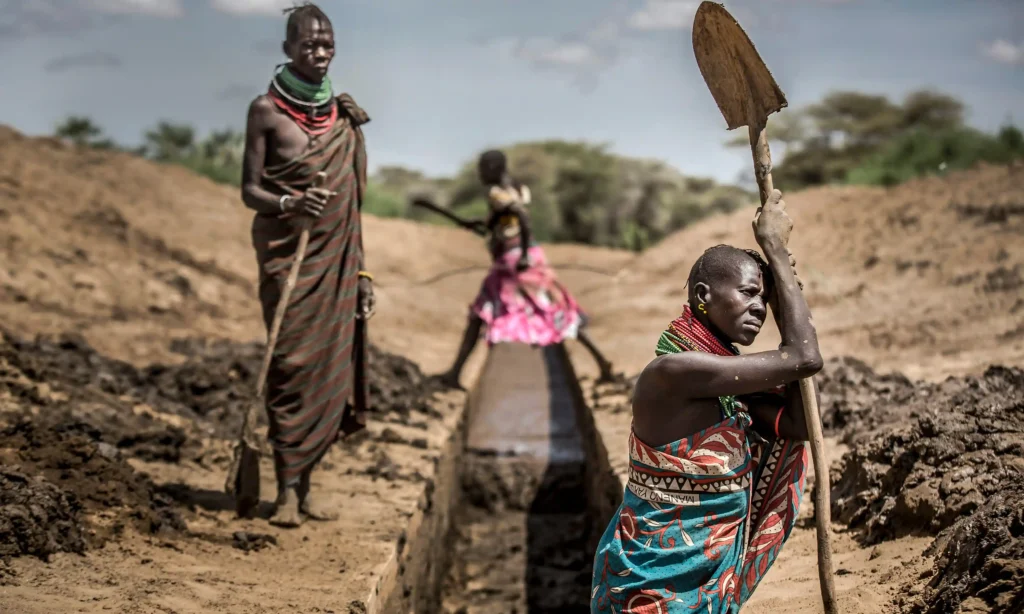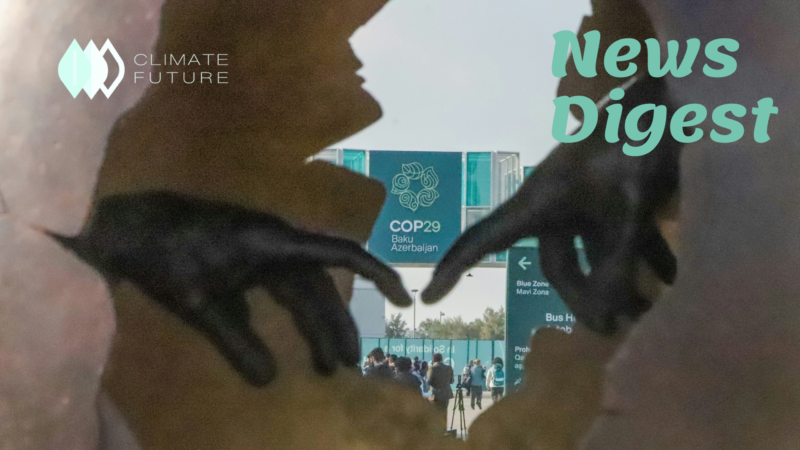For Southeast Asia to survive climate change, timid effort is not enough

Photo: AFP
The extensive beaches of Southeast Asia are vulnerable to harsh weather and increasing sea levels. To safeguard its beaches, the area must move people, bolster infrastructure, and restore the ecosystem as soon as possible. Because of the coastline’s excessive inward movement, some areas will need to be relocated. Cities in other regions will need to be protected via breakwaters and sea walls. These remedies are costly and only work temporarily, though. Restoring the ecosystem through initiatives like mangrove forest planting is a more viable option. Mangroves serve as organic barriers that stop coastal erosion and absorb carbon. They also offer chances for fishing and shellfish collection, as well as habitats for marine life. Millions of people in Southeast Asia could be displaced due to coastal erosion and rising sea levels, creating a humanitarian crisis. Vietnam, Thailand, and Indonesia are the nations most impacted. Although putting into practice a thorough coastal preservation strategy is expensive, it is essential to prevent future harm that will be far more expensive. Developed countries should support developing nations financially and technically as part of an international cooperation effort. Community-based projects and public-private partnerships hold significant importance. At-risk individuals ought to refrain from making excessive investments in coastal real estate. To prevent further losses, new construction should be relocated onshore. Southeast Asian coastal communities can flourish for future generations by implementing these measures and adapting to the changing coastline.
Mekong’s giant fish threatened by dams and wetland conversions

Image: Chiara Abbate, CC BY-SA 3.0, via Flickr.
Nineteen percent of the fish species in the Mekong River are threatened with extinction, making it home to a variety of unusual and endangered fish species. Threats include mining for sand, building dams, and climate change. To safeguard ecosystems, livelihoods, and biodiversity, immediate action is required. Fish conservation zones are established, captive-raised fish are released, and international agreements for the restoration of freshwater biodiversity are signed to preserve fish populations. Notwithstanding these efforts, larger-scale solutions and more extensive regional cooperation are required to handle the severity of the issue. Although the Kunming-Montreal Global Biodiversity Framework was signed, more work needs to be done to keep iconic species like the gigantic barb from going extinct. Governments, local people, and conservation organizations must work together to reverse decades of decline and protect the biodiversity of the Mekong for coming generations.
World Bank must take ‘quantum leap’ to tackle climate crisis, UN expert says

Photograph: Luis Tato/AFP/Getty Images
The World Bank is being urged by the UN climate chief to greatly boost financial assistance to developing nations in their efforts to combat climate change. He cautions that we run the possibility of an economic collapse brought on by delay in climate change unless there is a “quantum leap” in spending. More aid and debt relief from developed nations must be given to developing nations, and the World Bank must alter its lending policies to make it simpler for developing nations to get these resources. This has the potential to release hundreds of billions of dollars for initiatives related to climate adaptation and renewable energy. The forthcoming revision of national climate plans by all nations is critical to success. To control global warming, these proposals must incorporate far larger reductions in greenhouse gas emissions. To support these ambitious goals, the UN aims to set a new global financial target in November. Even though some experts think the 1.5C warming target is unachievable, many nevertheless contend that it is imperative to strive to motivate the required action.
Searing heat is back across Southeast Asia and it’s not going away anytime soon

Photo – Lillian Suwanrumpha/AFP/Getty Images
Severe heat waves in Southeast Asia are causing deaths, parched rice fields, and power shortages. Particularly hard hit are Vietnam and Thailand, where droughts and record-breaking temperatures have destroyed most of the farmland. With no end in sight, worries are compounded by the heatwave’s extended endurance. Experts believe that the heatwave is a result of both El Niño and human-caused climate change. In Malaysia, steps like cloud seeding are being proposed to help ease the situation. The need to address climate resilience urgently is highlighted by heat-related deaths, fires, and worries about extreme weather. Deputy Prime Minister Ahmad Zahid Hamidi of Malaysia recognizes the country’s susceptibility to intense heat waves and advocates for increased measures to build climate resilience. Due to extreme heat, schools in Singapore and the Philippines have used strategies including telling students to dress in cooler clothes and calling off classes, raising worries about the safety of the young students. The critical need to keep global warming to 1.5°C over pre-industrial levels to protect children’s health and well-being is emphasized by Save The Children Philippines. The current hot wave emphasizes how urgently the region has to address the growing frequency and intensity of extreme weather events by implementing comprehensive climate adaptation and mitigation strategies.
References
https://www.eco-business.com/news/mekongs-giant-fish-threatened-by-dams-and-wetland-conversions
https://edition.cnn.com/2024/04/10/asia/southeast-asia-extreme-heat-climate-intl-hnk/index.html



